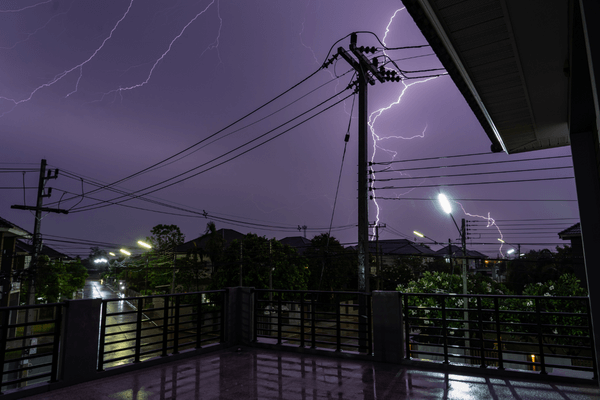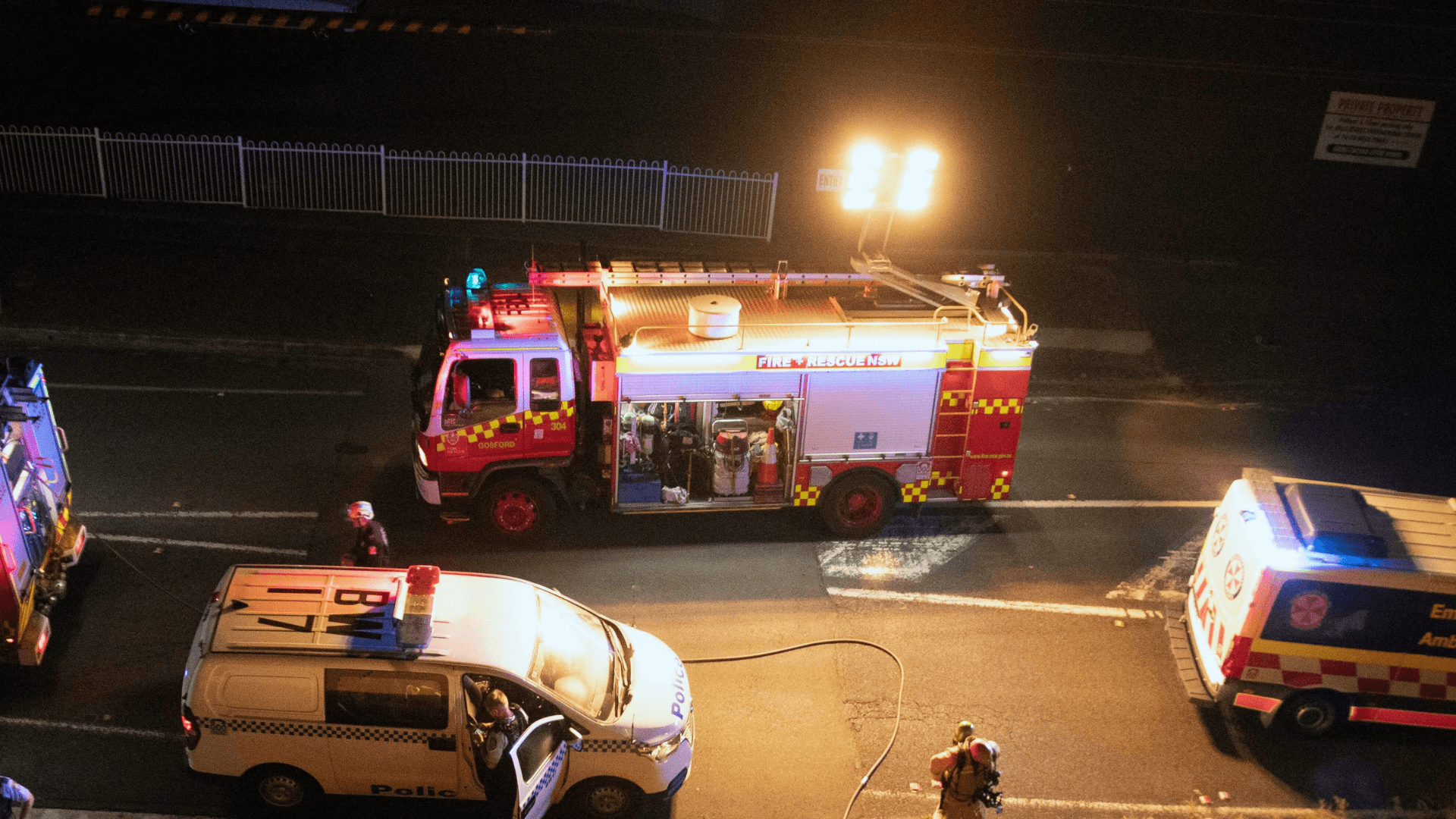Remember to stay at least 8 metres away from fallen powerlines. Always assume the power is ON and the wires are still live.
Turning off the power in an emergency
- Notify your communications centre straight away. They will make contact with the electricity distributor to assist in the situation.
- If it’s safe to do so, turn off the power at the main switchboard or unplug the electrical appliance.
- When responding to an electrical emergency involving powerlines, always assume that the wires are live, even if the powerlines are damaged or have fallen.
- Remain 8 metres from powerlines until you receive confirmation from the electricity distributor that the power has been switched off and it is safe to proceed.
What to do
- Stop and stand backDon’t approach anyone receiving an electric shock. Take a moment to assess the situation before you act. Electricity can easily pass from a person, or a nearby conductor, to you.
- Fallen powerlinesStay at least 8 metres away from fallen powerlines. Always assume that the power is ON and the wires are live.
- Turn off the powerLook to see if you can turn off the power – but only if it’s safe to do so. Otherwise, wait until you receive confirmation from the electricity distributor that the power has been switched off and you have the 'all clear'.
- First aidOnly when a person is at a safe distance from the electrical source, should you begin first aid.
What to do If you find yourself within 8 metres of exposed, high voltage electricity
- Stop. Don’t move as you're at risk of electrocution. Stay where you are and call your communications centre. They will organise for the electricity to be switched off.
- If you’re in immediate, life-threatening danger by staying where you are, slowly shuffle away without moving your feet more than a few inches at a time. Remember to keep both feet on the ground at all times.
- Keep the public away. Instruct any passers-by to stay at least 8 metres away from the area.
Why shuffle? It’s important for you to keep your feet close together and in contact with the ground to minimise the differences in voltage between the two points of contact (your feet) and the energised surface. When there is a voltage difference between one point and another, an electrical current will flow. It is this flow of electricity (the current) that can cause severe injury or death. This is known as step potential.

Vehicle accidents involving electricity
If you arrive on the scene of a vehicle accident with electrical hazards present, knowing how to respond will reduce the risk of an electrical incident.

Responding to storms
Understanding the risks and actively looking for danger when you arrive at an emergency site will help you remain safe around live electricity when responding to storms.
Emergency services should contact their communications centre whenever electricity is involved
your electricity distributor
Check your electricity distributor's website or social media for updates on power outages.
Electricity distributors in Australia have resources including outage maps that can be accessed online. Many also give live updates via social media.
Contact your electricity distributor to report fallen wires or damaged poles and powerlines.
If you notice an electrical hazard, report it to your electricity distributor immediately, either online or by phone.
